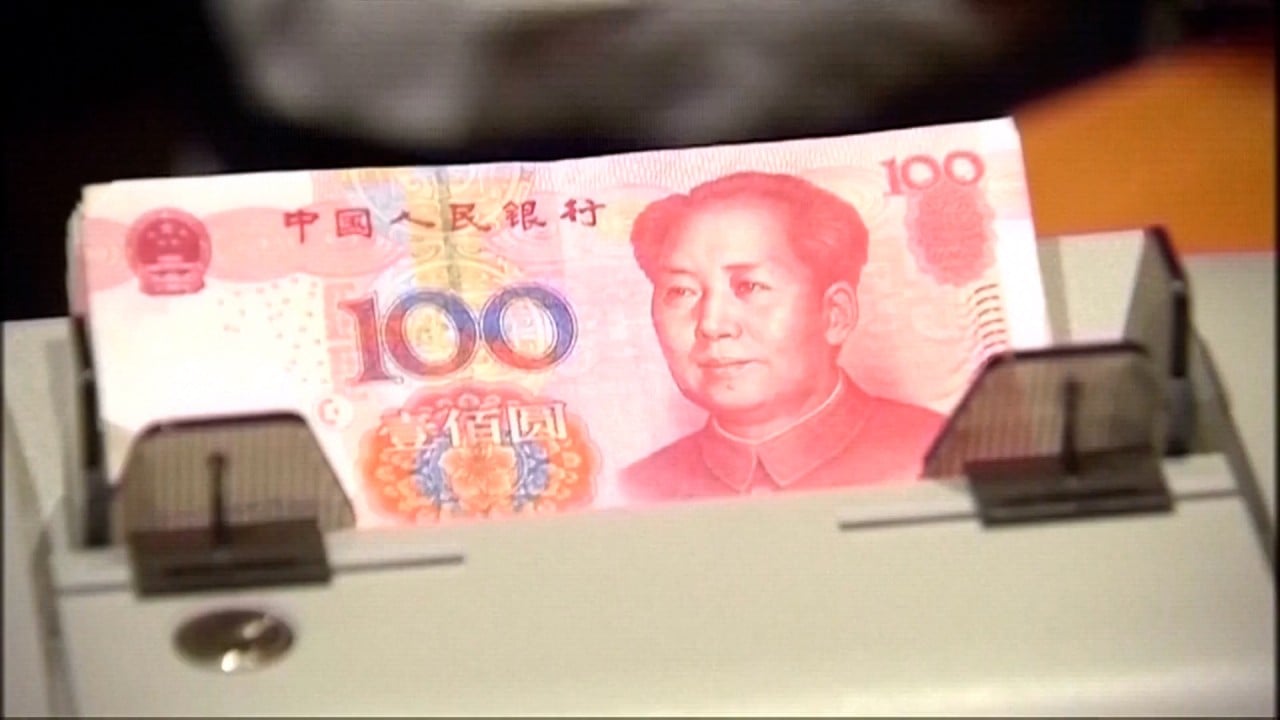Why China’s economic slowdown could spell bad news for Asian currencies
- China is a net importer of goods from many Southeast Asian nations, so a slowdown in demand would affect their currencies
- In 2020, Asean jumped to be the number one trading bloc with China, which runs a trade deficit with many countries in the region

China’s strong economic recovery is expected to fade in the months ahead, putting downward pressure on the yuan exchange rate and consequently creating headwinds for other Asian currencies, analysts said.
China is a net importer of goods from many Southeast Asian countries such as Malaysia, Thailand, Vietnam, Singapore and Indonesia, so a slowdown in demand would have knock-on effects for their currencies.
Generally the Chinese yuan acts as an important anchor in the regional foreign exchange market, as economies in East Asia such as Taiwan and South Korea have tight China trade links via complex supply chains, analysts said.

01:19
China’s economy rose 7.9 per cent year on year in the second quarter of 2021
Weaker currencies would make exports from Southeast Asian nations more competitive in international markets. But it would also increase the cost of key raw materials and components for them, already high because of rising global demand and supply chain disruptions.
Historically, Asian currencies tend to move in tandem with the yuan (RMB) when there is weak risk appetite and peaking growth momentum, said Paul Mackel, head of emerging markets currency research at HSBC.
“This is a development to watch given how it could turn into a headwind for those currencies that are typically more sensitive to RMB movements,” Mackel said. “Low confidence in the prospects of [some Asean] economies could be pushing local investors to invest in overseas assets.”
As China slows, so too will demand for regional exports. In this regard, Asean stands out as relatively exposed
